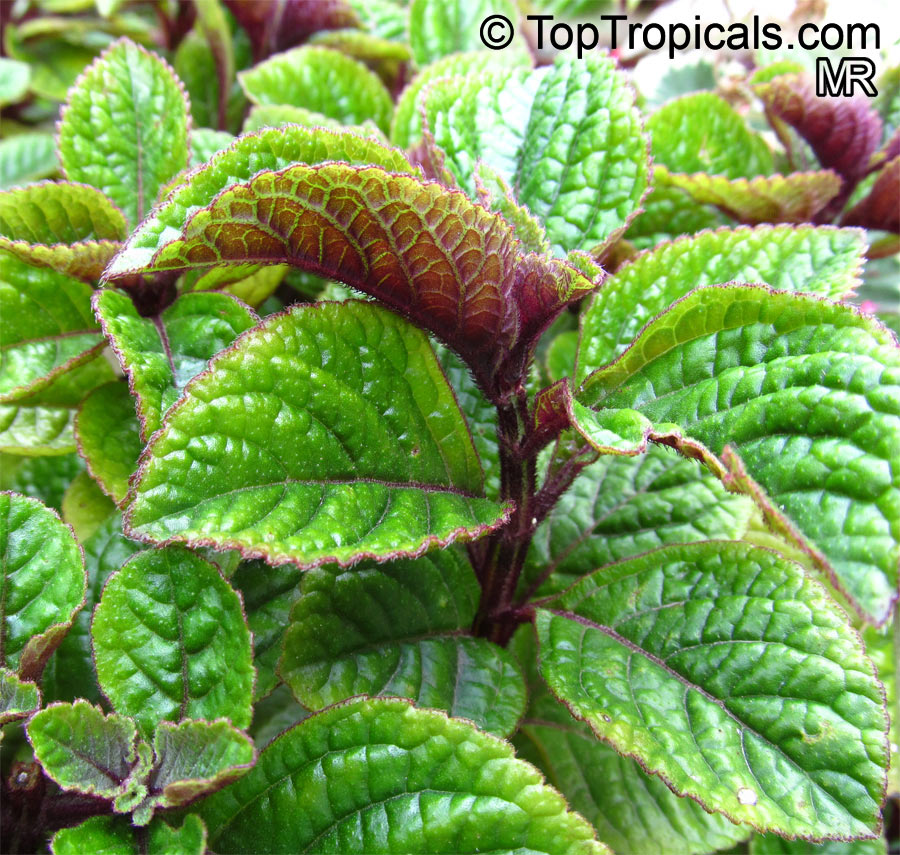To study much more about symptoms of nutrient deficiencies in petunias and about the relevance of h2o alkalinity in plant nourishment, examine out my the latest e-GRO notify, “Maintain an Eye on Diet. ” To find out additional about taking care of your drinking water top quality to reduce dietary troubles, check out, “Tracing H2o Excellent Back to the Resource.
“Plant nutrient deficiency critical. See the vital in total textual content under.
- Can there be any responsible programs/program for place recognition?
- What flower arrangements are good to vegetation in October?
- 27 Very best Plant Recognition for children
- New Vegetation Photograph Art gallery Google Search Has made Herb Identification Much easier
- How can you recognise a vegetation?
Plant Nutrient Deficiency Critical. Base of plant (oldest leaves) Necrosis Potassium (K) Chlorosis Interveinal Magnesium (MG) Uniform on leaf Early flowering and/or leaf abscission Nitrogen (N) Unusually deep eco-friendly foliage and/or few for a longer period roots Phosphorus (P) Whole or mid-plant Chlorotic leaf margin then swift necrosis Molybdenum (Mo) Uniform chlorosis or faded flowers Sulfur (S) Leading of plant (youngest leaves) Youngest and experienced leaves afflicted by leaf curling and necrosis More compact leaves and brief internodes Zinc (Zn) Smaller lighter bouquets Copper (Cu) Youngest leaves distorted and necrotic Distortion turning necrotic Calcium https://plantidentification.co/ (Ca) Abortion of expanding idea, small internodes, thick leaves Boron (B) Chlorosis Interveinal chlorosis turning to yellow Iron (Fe) Interveinal chlorosis with tan speckling Manganese (Mn)This post was printed by Michigan State College Extension . For more information, pay a visit to https://extension.
27 Very best Vegetation Id for youngsters
msu. edu. To have a digest of data shipped straight to your email inbox, go to https://extension.
How do I find a succulent?
msu. edu/newsletters. To get hold of an qualified in your location, pay a visit to https://extension. msu.

edu/specialists, or simply call 888-MSUE4MI (888-678-3464). Did you come across this report beneficial?The supreme Hoya treatment gu > April 11, 2019 Summer Rayne Oakes. Hoyas, usually recognized as wax vegetation or porcelain bouquets, are observing a surge in level of popularity as houseplants-and all for good motive!Many members of the houseplant community are just starting to find out the joy of collecting and developing hoyas, usually identified as “wax vegetation” or “porcelain bouquets”, which are named as such due to the waxy physical appearance of their bouquets (and in some situations, their waxy leaves).
Hoya krohniana ‘Eskimo’ in bloom in my home in July 2018. Many individuals are attracted to hoyas for their flowers, which are variable throughout species (and at times vary in colour within the same species) and often have an array of perfumed scents. In some scenarios, hoyas are tough to convey to aside from one another except if they are in bloom, but to the experienced eye, the slight variants in leaf morphology-in between species (and even in just the same species)-can be detected and quite significantly appreciated. I commenced amassing hoyas much more in the final few many years, and I consider part of that possess particular evolution stems from wanting to have an understanding of and appreciate the genus far more. Hoyas have the potential to come to be an incredibly popular and mainstream houseplant largely for a number of causes-one particular of which I experienced by now outlined-which are their wonderful inflorescences, which remind me of cake decorations expertly crafted out of fondant icing.
Quite a few are scented, some are not, and continue to other people are actually rather foul. A fantastic the greater part of them will odor a lot more at night, which is a testament to who may perhaps actually be pollinating them in their indigenous habitats-perhaps some nocturnal moths or beetles, for instance. A 2nd purpose why hoyas are rather well-liked as a houseplant is that they are comparatively easy to increase from cuttings. Most just want a node or two and a leaf to get root. Some, which have chlorophyll in their stems, may perhaps not even need to have a leaf-but only a node-to choose root and ultimately expand.
(As an aside, I obtained a finicky Hoya globulosa reducing in excess of the early spring, which speedily made a decision to eliminate its leaf right after remaining transported. Nevertheless, following two months, the very green stem of this Himalayan indigenous looks to be surprisingly thriving, so I’m keeping it in a humidity tent to see if it’ll regenerate, and it appears promising!) As my friend and consummate hoya collector, Torril Nyhuus, has explained, “Some hoyas just require endurance much more than many others.
